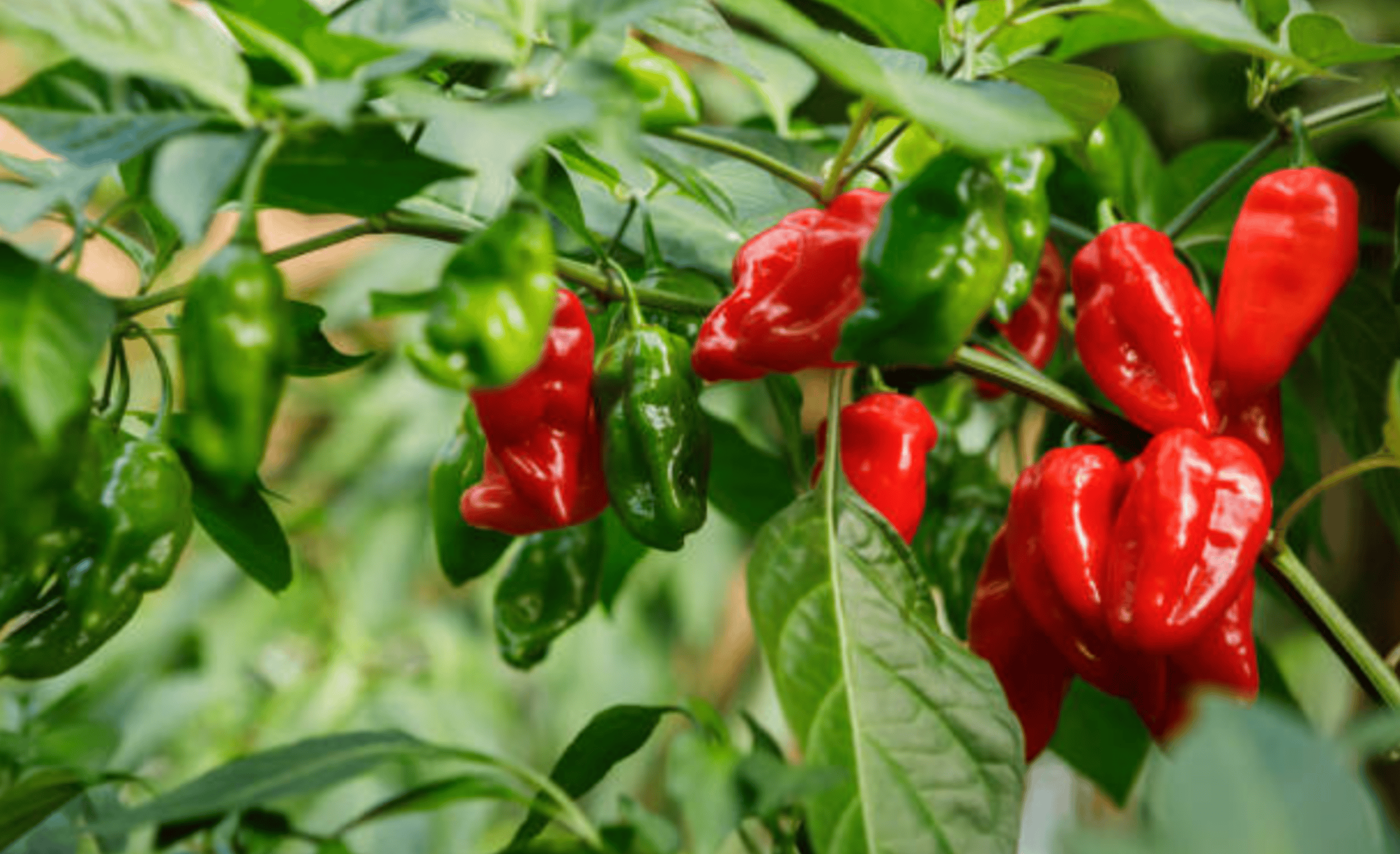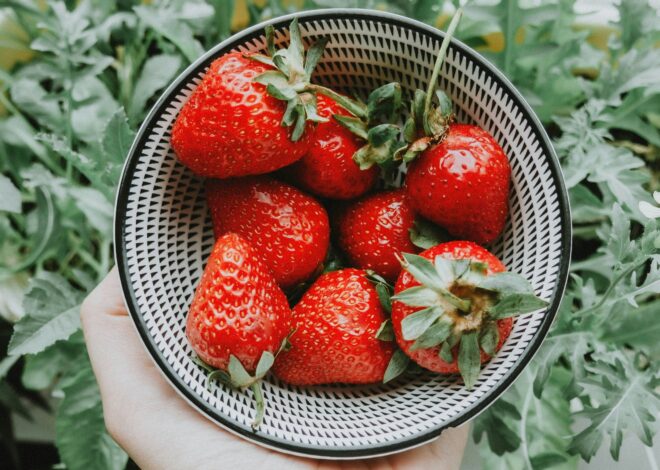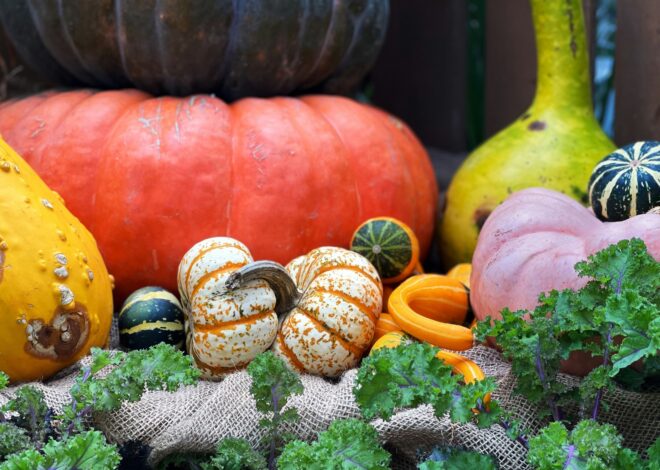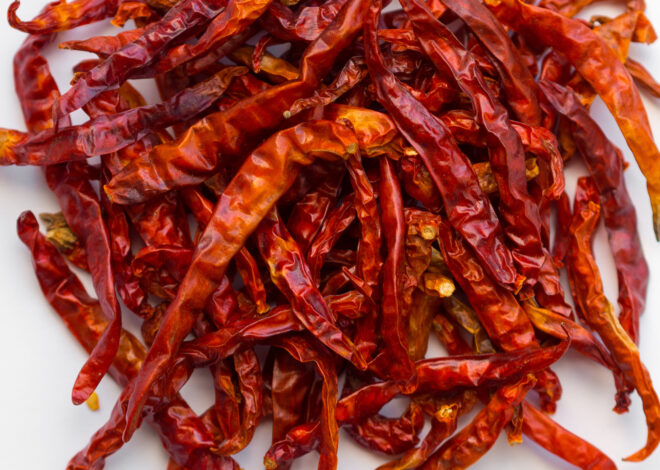
How To Grow Habanero Peppers
Welcome to our step-by-step guide on how to grow habanero peppers. Habanero peppers are not just any ordinary chili; they’re a fiery sensation that can elevate your culinary delights to new heights. Known for their intense heat and fruity flavor, these vibrant orange or red gems deserve a place in every garden (and kitchen).
Growing habaneros isn’t just about adding spice to your meals—it’s an adventure filled with satisfaction and pride. Imagine plucking fresh peppers from your own plants, knowing you nurtured them from tiny seeds into thriving specimens brimming with flavor.
If you’ve ever wondered how to grow habanero peppers successfully, you’re in the right spot. Whether you’re a seasoned gardener or a beginner eager to dig into this rewarding hobby, cultivating these spicy beauties might be simpler than you think. Get ready to explore the ins and outs of growing habaneros at home!
Benefits of Growing Your Own Peppers
Growing your own peppers opens a world of flavor and freshness. There’s nothing quite like plucking a sun-ripened habanero from your garden. The taste is unmatched, adding vibrant heat to any dish. Cultivating peppers is also incredibly rewarding.
Watching tiny seeds transform into thriving plants gives gardeners a sense of accomplishment. Each pepper harvested feels like a personal victory. Homegrown peppers offer health benefits too. They are rich in vitamins A and C, promoting overall well-being.
Plus, growing your own means you control what goes into the soil—no pesticides or harmful chemicals. Additionally, it can save money over time. Instead of purchasing small quantities at the store, you’ll have an abundant supply right outside your door.
Gardening itself is therapeutic. It allows for relaxation while nurturing life—a perfect escape from daily stressors while giving back to nature.
Steps to Planting Habanero Peppers:
– Choosing the Right Location
Choosing the right location for your habanero peppers is crucial to their success. These fiery fruits thrive in warm, sunny environments. Aim for a spot that receives at least six to eight hours of direct sunlight each day.
Consider the climate in your area. Habaneros prefer temperatures between 70°F and 90°F (21°C to 32°C). If you live in a cooler region, starting seeds indoors can give them a head start before transplanting outdoors.
Good drainage is also essential. Avoid areas where water tends to pool after rain; soggy roots can lead to rot and disease. Instead, opt for raised beds or containers if your ground lacks proper drainage.
Think about accessibility. Place your pepper plants near your kitchen or garden path so they are easy to tend and harvest when they’re ready!
– Preparing the Soil for Planting
Preparing the soil for planting habanero peppers is crucial for a successful harvest. Start by selecting well-draining soil rich in organic matter. Loose, loamy soil works wonders for these fiery beauties.
Next, clear any debris and weeds from your chosen area. This helps prevent competition for nutrients as your plants grow.
Add compost or aged manure to enrich the soil’s nutrient content. A balanced mix will promote healthy growth and vibrant fruit production.
Testing the pH level of your soil is beneficial too. Habaneros thrive best in slightly acidic to neutral pH levels ranging from 6.0 to 7.0.
Till the soil thoroughly before planting seeds or seedlings. This process aerates it, allowing roots to penetrate easily and access vital resources efficiently.
– Selecting and Purchasing Habanero Pepper Seeds or Seedlings
When it comes to selecting habanero pepper seeds or seedlings, quality matters. Look for reputable seed suppliers or local nurseries that specialize in peppers. Organic options are often a great choice if you want to avoid synthetic chemicals.
Consider the variety of habaneros available. Some may be milder, while others pack more heat. You can find traditional orange and red varieties, as well as newer hybrid types with unique flavors.
If you’re starting from seeds, check the germination rates on the packaging. A higher rate means better chances for healthy plants later on. If opting for seedlings, inspect them closely—healthy plants should have vibrant green leaves and sturdy stems without any signs of pests or disease.
Don’t forget about timing! Purchase your seeds or seedlings according to your planting zone so they thrive in your climate conditions throughout the growing season.
– Planting Techniques for Habanero Peppers
When it comes to planting habanero peppers, timing is key. Start seeds indoors about 8-10 weeks before the last frost date. This gives them a head start in their growth.
Use seed trays or small pots filled with quality seed-starting mix. Place two seeds per cell for best results, ensuring they’re planted about half an inch deep.
Once seedlings sprout and develop true leaves, thin them out by snipping the weaker one at ground level. This helps your plants focus their energy on growing strong and healthy.
Transplant outside after all danger of frost has passed, ideally when daytime temperatures consistently reach 70°F (21°C) or higher. Choose a sunny spot that receives at least six hours of direct sunlight daily.
Spacing is crucial as well; aim for about 18-24 inches between each plant to allow airflow and prevent disease. Gently transplant into prepared soil without disturbing the roots too much for optimal growth.
– Proper Care and Maintenance of Habanero Pepper Plants
Caring for your habanero pepper plants ensures they thrive and produce a bountiful harvest. Start with consistent watering, allowing the soil to dry slightly between sessions. Overwatering can lead to root rot, so aim for a balance.
Fertilizing is crucial during the growth phase. Use a balanced fertilizer every few weeks to provide essential nutrients. Pay attention to signs of nutrient deficiency—yellowing leaves may indicate a need for more nitrogen.
Pruning helps improve air circulation and encourages bushier growth. Remove any dead or unhealthy leaves regularly. This not only keeps your plant looking tidy but also reduces disease risks.
Watch out for pests like aphids and spider mites. Inspect your plants often, treating infestations promptly with insecticidal soap or natural remedies like neem oil.
Ensure they get plenty of sunlight—at least six hours daily—for optimal growth and fruit production.
Harvesting and Storing Habanero Peppers
Harvesting habanero peppers is a thrilling moment for any gardener. You’ll know they’re ready when the peppers turn vibrant orange or red, depending on the variety. Gently twist or cut them from the stem to avoid damaging the plant. Once harvested, it’s crucial to handle your peppers with care.
Wash them lightly and pat dry to remove any dirt. If you plan to use them fresh, store them in a paper bag in the refrigerator for up to two weeks. For longer storage options, consider drying your habaneros. String them up in a cool, dark place or use a dehydrator for efficient results.
Once dried, store in airtight containers away from light and moisture. Freezing is another excellent way to preserve their heat and flavor. Simply chop or leave whole before placing them in freezer bags—ideal for adding spice later!
Recipes and Ideas for Using Habanero Peppers in Cooking
Habanero peppers add a delightful kick to various dishes. Their fruity flavor complements salsas beautifully. Dice them up with tomatoes, onions, cilantro, and lime juice for an explosive salsa that pairs well with chips or grilled meats.
For those who enjoy heat in their marinades, try mixing minced habaneros into your favorite recipes. A splash of vinegar and a touch of honey balance out the spice nicely. Soups can also benefit from the fiery addition of these peppers. Chop them finely and stir them into chili or vegetable soup for an extra layer of warmth.
If you’re feeling adventurous, blend habaneros into sauces like hot sauce or barbecue glaze. The result is a condiment bursting with flavor that elevates any meal. Remember to adjust quantities based on heat tolerance; even small amounts can significantly change the dish’s character!
Troubleshooting Common Issues Growing Habanero Peppers
Growing habanero peppers can be rewarding, but it’s not without challenges. One common issue is slow growth. If your plants are lagging, consider the temperature. Habaneros thrive in warmth; chilly nights can stunt their progress. Pests like aphids or spider mites may invade your garden.
Regularly inspect leaves and stems for any signs of these unwanted guests. A gentle spray of insecticidal soap can help keep them at bay. Blossom drop might leave you puzzled as well. This often occurs due to inconsistent watering or stress from extreme heat.
Ensure that your pepper plants receive regular moisture and shade during peak sun hours. Yellowing leaves could indicate nutrient deficiencies or overwatering. Adjust your feeding schedule to provide balanced nutrients while keeping an eye on soil moisture levels to promote healthy foliage growth and vibrant fruits.
Conclusion: Growing Your Own Habanero Peppers
Growing your own habanero peppers can be a rewarding and enjoyable experience. The thrill of nurturing plants from seed to harvest is unmatched, especially when you get to enjoy the spicy fruits of your labor in delicious dishes. With the right preparation, care, and attention, you’ll find that cultivating these fiery peppers isn’t just for seasoned gardeners; it’s accessible for anyone willing to put in a little effort.
Whether you want fresh ingredients for salsa or simply love experimenting with heat in your meals, having homegrown habaneros at your fingertips makes all the difference. Plus, knowing exactly how they were grown adds an extra layer of satisfaction.
As with any gardening venture, some challenges may arise along the way—pests or fluctuating weather conditions—but troubleshooting those issues can enhance your skills as a gardener. Embrace each step of the process as an opportunity to learn more about plant care and cultivation.
So gather your supplies and start planting! You’ll soon be on track to enjoying vibrant flavors straight from your garden. Happy gardening!



